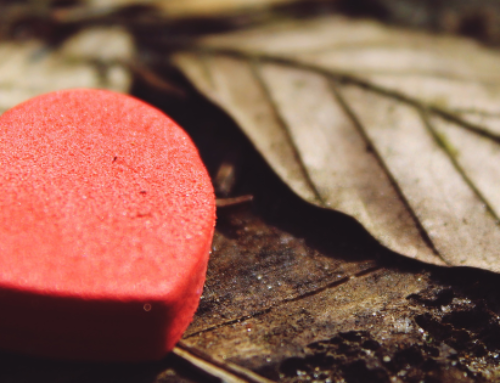8 Common Feng Shui Enhancements
 In Classical Feng Shui, we use a number of traditional objects as our go-to for curing (suppressing) negative energy and enhancing (activating) positive energy. Unfortunately, not all Feng Shui practitioners understand the proper usage of these Feng Shui objects.
In Classical Feng Shui, we use a number of traditional objects as our go-to for curing (suppressing) negative energy and enhancing (activating) positive energy. Unfortunately, not all Feng Shui practitioners understand the proper usage of these Feng Shui objects.
For instance, wind chimes are not traditionally used for stimulating positive energy. Instead, wind chimes are used for subduing negative energy.
I had a student once who told me she put several wind chimes throughout her house because she thought that’s what Feng Shui was all about. Sadly, this action could have stimulated (woken up) the bad energies in her home without her even knowing. In the end, she said the placement of wind chimes did not result in a positive outcome as she had originally thought.
Unfortunately, this is a very common misconception that we see in the practice. And by not understanding this properly, placing objects randomly without care or a clear understanding could create more harm than good. This is like self-diagnosing your body instead of going to see a trained professional. When you do not have a complete understanding of the body, you could end up making yourself sicker; consequently, sabotaging your health and wellbeing. This is the same for Feng Shui.
Remember, the power of Feng Shui lies in the correct application.
Learning Feng Shui allows us to understand the energetic qualities of our physical environment. You can read more about it here: Feng Shui and Energy. And so, when we apply Flying Star Feng Shui, the goal is to increase positive energy and minimize negative energy.
In our training, we learn the intricacy and the workings of the Chinese Five Elements. For enhancements–meaning, activating good stars (energy)–we use the fundamental principle of the Five Elements to guide us in strategically addressing the situation. For example, if we have a prosperous star 8 at the front door (Yang energy), we can use red-color objects to enhance this good star. While this is always the preferred method, there is another approach that we commonly use in Flying Star. We can use “active objects” to help stimulate and awaken good energy. We refer to these objects as “active” because, by design, they can move and/or make sounds. For instance, a water fountain moves (it flows) and so it makes sounds. Here are some common active objects that we use in Classical Feng Shui: Yes, the power of Feng Shui is not just in the correct application, but it is also in the subtleties of the application. Notice the list above. Most homes will already have these decorative pieces. That’s because Feng Shui is not meant to be obvious or to create discomfort for others. Personally, I find the Feng Shui “fun” in being able to creatively design and place objects that are not just aesthetically pleasing, but most importantly, it addresses the Five Elements properly without it screaming “the place has been Feng Shui’d.” So, if you know where the prosperous Yang energies are in your home or office, you can easily place these active objects to help stimulate and nurture the good energies! Happy Learning! Copyrighted © 2016 | Feng Shui by Jen™ | All Rights Reserved | Materials may not be copied, translated, or distributed without prior written consent.
 Please note that we don’t necessarily zoom in on the Elements of the objects, such as whether an object is a Water Element or a Wood Element; rather, we focus on the idea that they are active; meaning they have the ability to activate good energy because they continuously move and make sounds. Just be careful, though, as these objects are only used to enhance positive “yang” energy and should not be used to suppress negative energy or to enhance positive “yin” energy.
Please note that we don’t necessarily zoom in on the Elements of the objects, such as whether an object is a Water Element or a Wood Element; rather, we focus on the idea that they are active; meaning they have the ability to activate good energy because they continuously move and make sounds. Just be careful, though, as these objects are only used to enhance positive “yang” energy and should not be used to suppress negative energy or to enhance positive “yin” energy.





